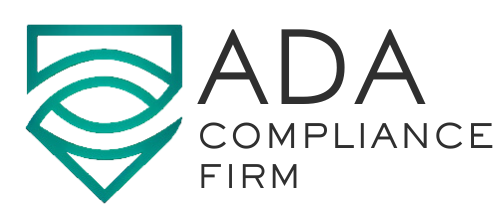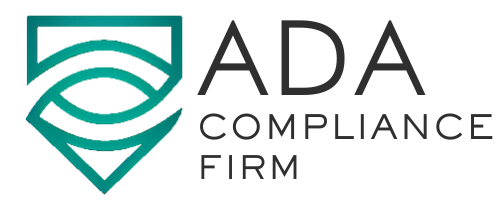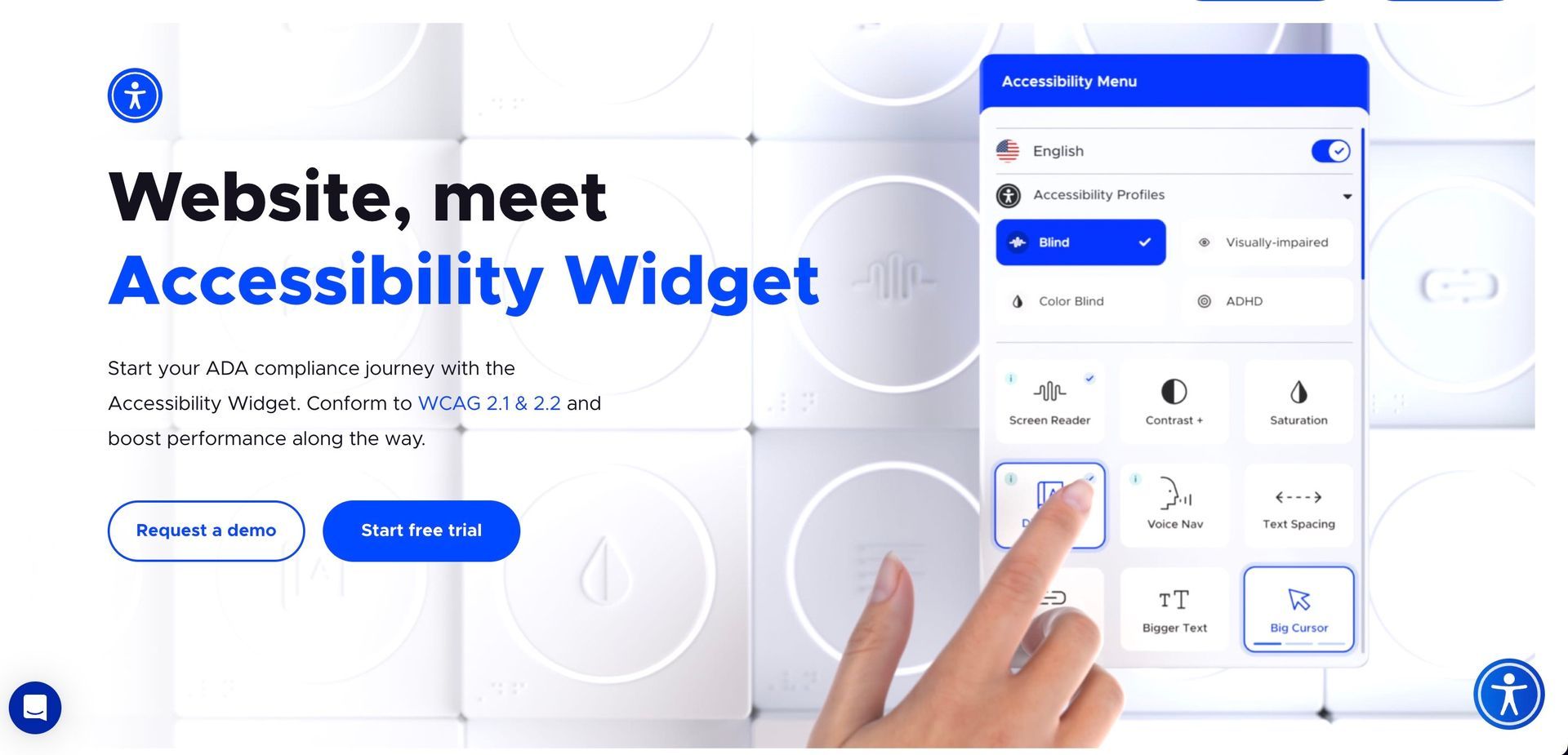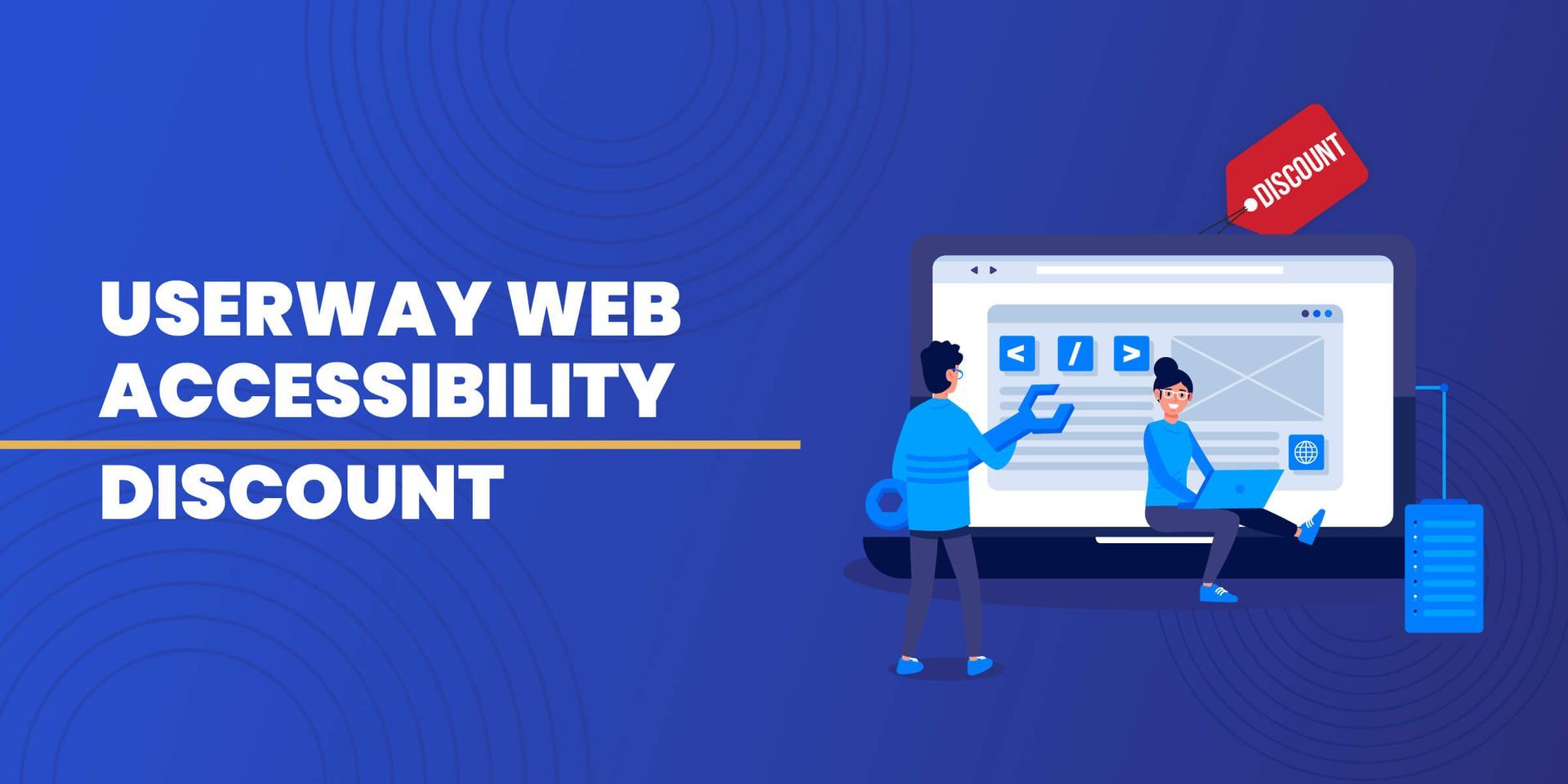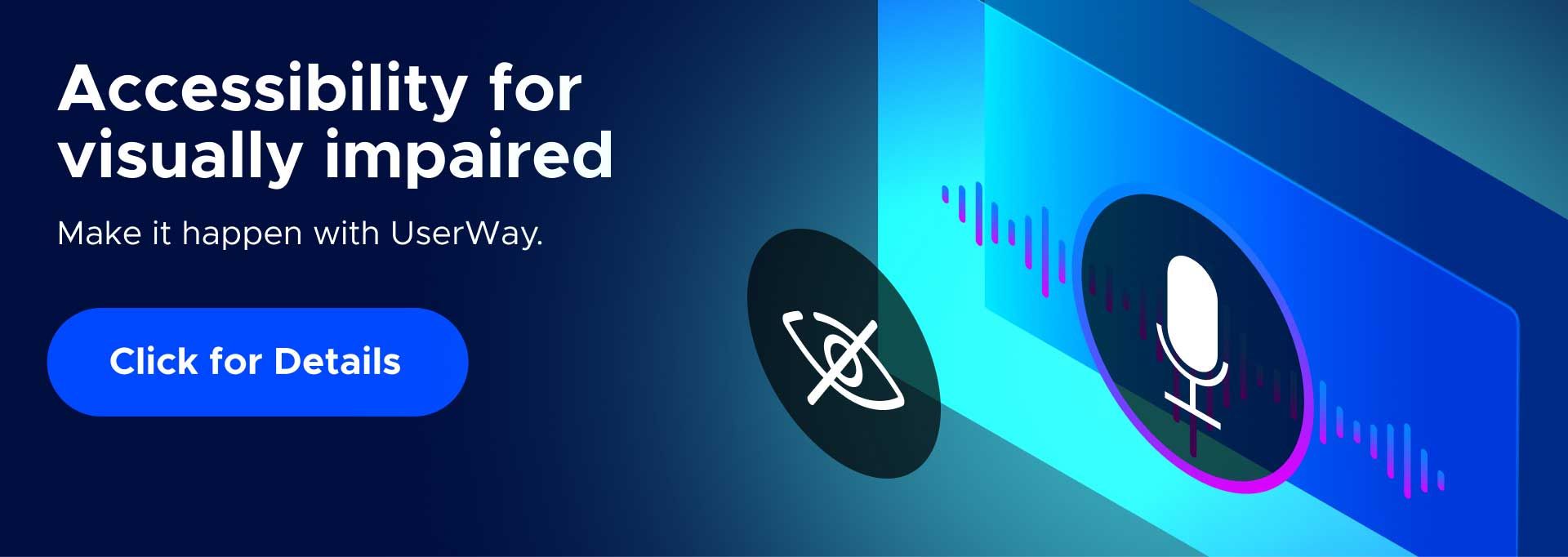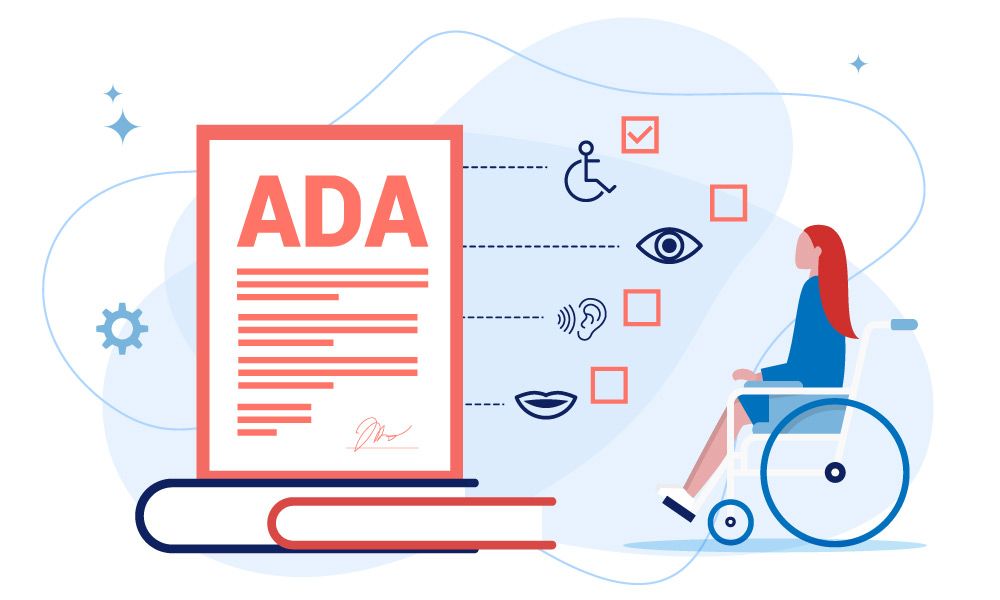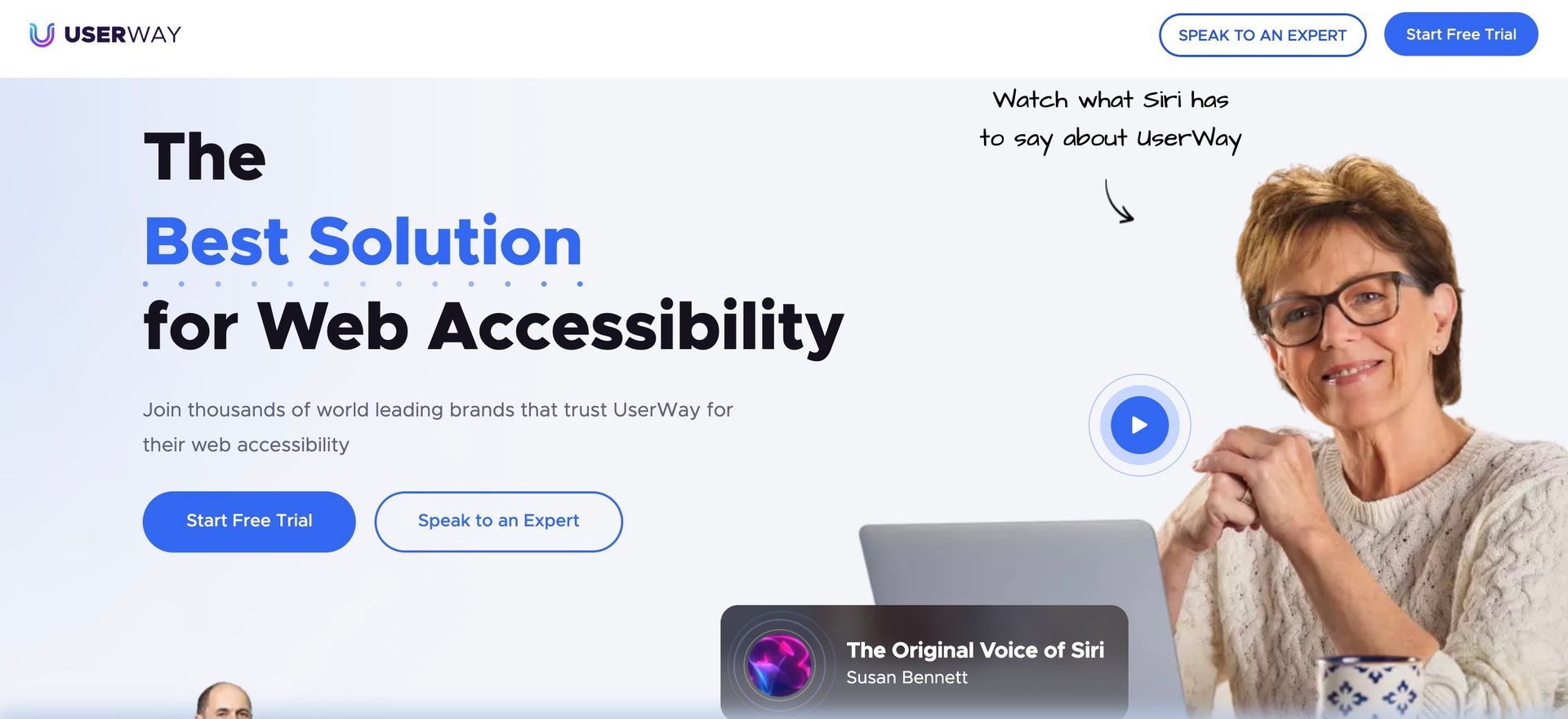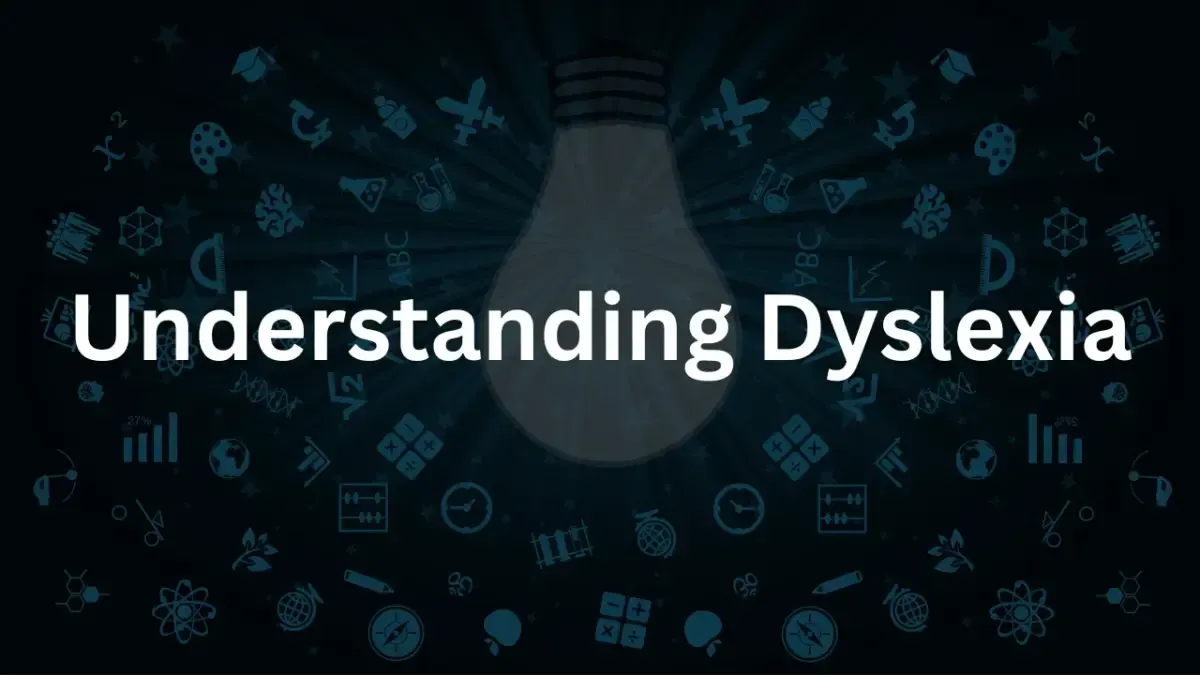Understanding Blindness: Navigating the World of the Visually Impaired
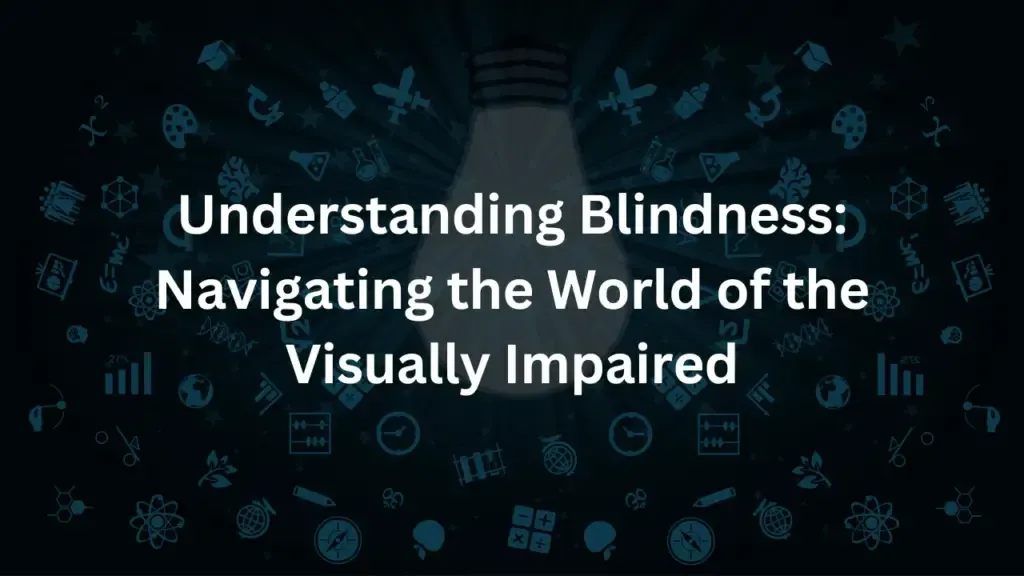
Introduction to Understanding Blindness
Blindness, a condition that affects millions globally, is not just the absence of sight. It’s a spectrum ranging from partial to complete vision loss. The term “legally blind” denotes a specific level of vision defined by law to determine eligibility for benefits and services. This article delves deep into the realm of blindness, shedding light on the challenges faced by individuals and the importance of empathy and accessibility in our society.
Understanding the Spectrum of Blindness
Blindness varies greatly, with “legally blind” individuals having some vision, albeit limited. Cortical Visual Impairment (CVI) represents a unique subset, where the issue lies not in the eyes but in the brain’s visual processing centers. Understanding these distinctions is crucial in recognizing the diverse experiences and needs within the blind community.
Challenges Faced by Individuals with Blindness
Navigating a world designed for the sighted poses significant challenges for the blind, impacting areas like mobility, employment, and social interaction. Misconceptions further complicate these challenges, underscoring the need for increased public awareness and understanding.
Navigating the Digital World: The Importance of ADA Compliance
In our digital age, ADA compliance is not just a legal requirement but a moral imperative to ensure digital spaces are accessible to all. Small Business ADA Compliance plays a pivotal role, while tools like those offered by UserWay help businesses enhance their websites’ accessibility.
Resources and Support for the Blind
A myriad of resources exists to support the visually impaired. From specialized tools and technologies to supportive communities and legal rights, these resources empower individuals with blindness to lead fulfilling lives. Exploring the broader spectrum of Different Types of Disabilities can provide additional context and understanding.
Navigating the Digital World: The Importance of ADA Compliance
In the modern era, digital accessibility cannot be overstated. Ensuring that websites and digital platforms are navigable for individuals with blindness or visual impairments is not just about legal compliance; it’s about inclusivity and equal access. The Americans with Disabilities Act (ADA) sets forth guidelines that, when followed, make the digital space welcoming for all. Small Business ADA Compliance is particularly crucial, as it ensures that enterprises of all sizes recognize the importance of this inclusivity. Furthermore, resources such as Maximize Your Website’s Accessibility with UserWay offer practical tools for businesses to enhance their website’s accessibility, ensuring that everyone, regardless of their visual capabilities, can access and benefit from online content and services.
Resources and Support for the Blind
Living with blindness or a significant visual impairment does not mean living without support. Various organizations, tools, and resources are dedicated to assisting the visually impaired in living independently and fully. From adaptive technologies like screen readers and Braille displays to organizations providing training and support, the community is vibrant and resourceful. Recognizing the diversity in disabilities, resources addressing Different Types of Disabilities offer broader insights and support, ensuring a comprehensive understanding and inclusion of all individuals.
Conclusion and Further Reading
Understanding blindness is about acknowledging the spectrum of visual impairments, empathizing with the challenges faced by individuals, and actively working towards a more inclusive society. This article has explored the nuances of blindness, including the medical and legal definitions, the unique challenges faced by individuals, and the importance of ADA compliance in ensuring digital accessibility.
For those looking to delve deeper into the subject or explore related topics, additional resources and readings are available. Understanding the broader context of disabilities can provide a more comprehensive perspective on the needs and support available. Exploring topics such as Epilepsy and ADA and Digital Accessibility Compliance can broaden one’s understanding of the importance of accessibility and inclusion in all facets of life.
In conclusion, whether it’s through enhancing digital accessibility, providing resources and support, or simply fostering an environment of understanding and empathy, we all have a role to play in supporting the visually impaired community. By doing so, we contribute to a society that values and respects the abilities and potential of every individual.
Join our newsletter
Recent Blog Posts
